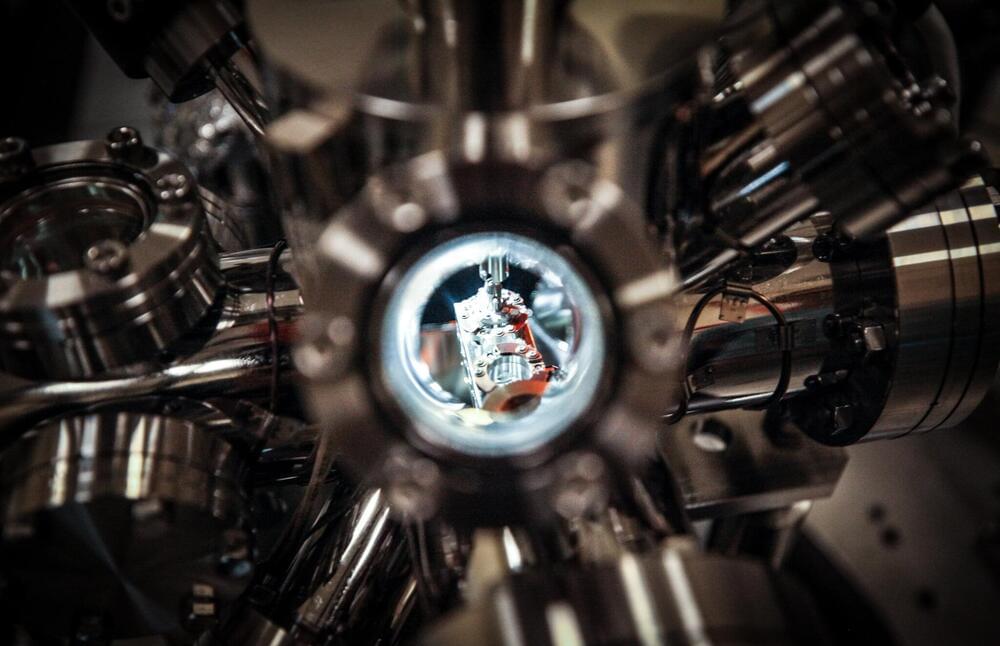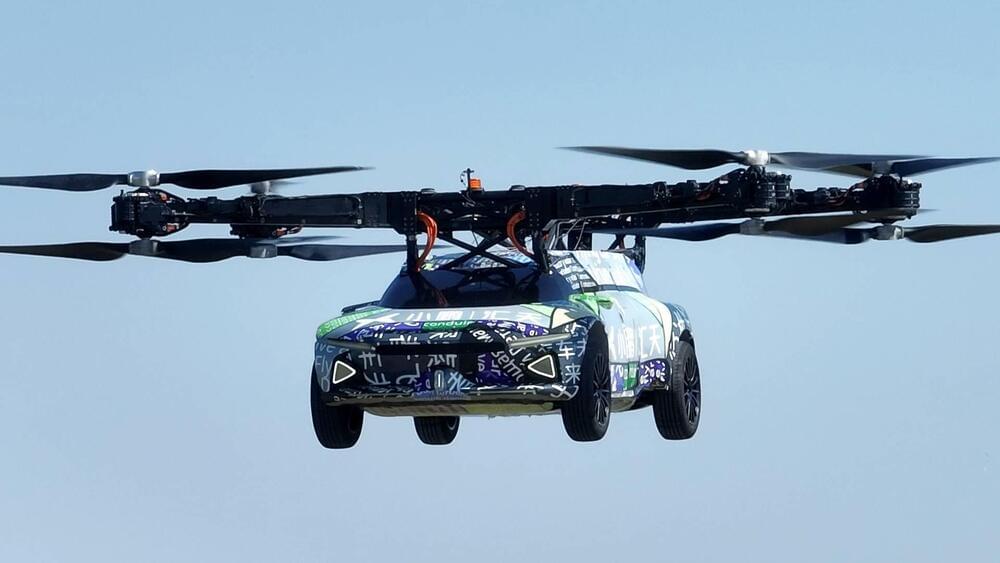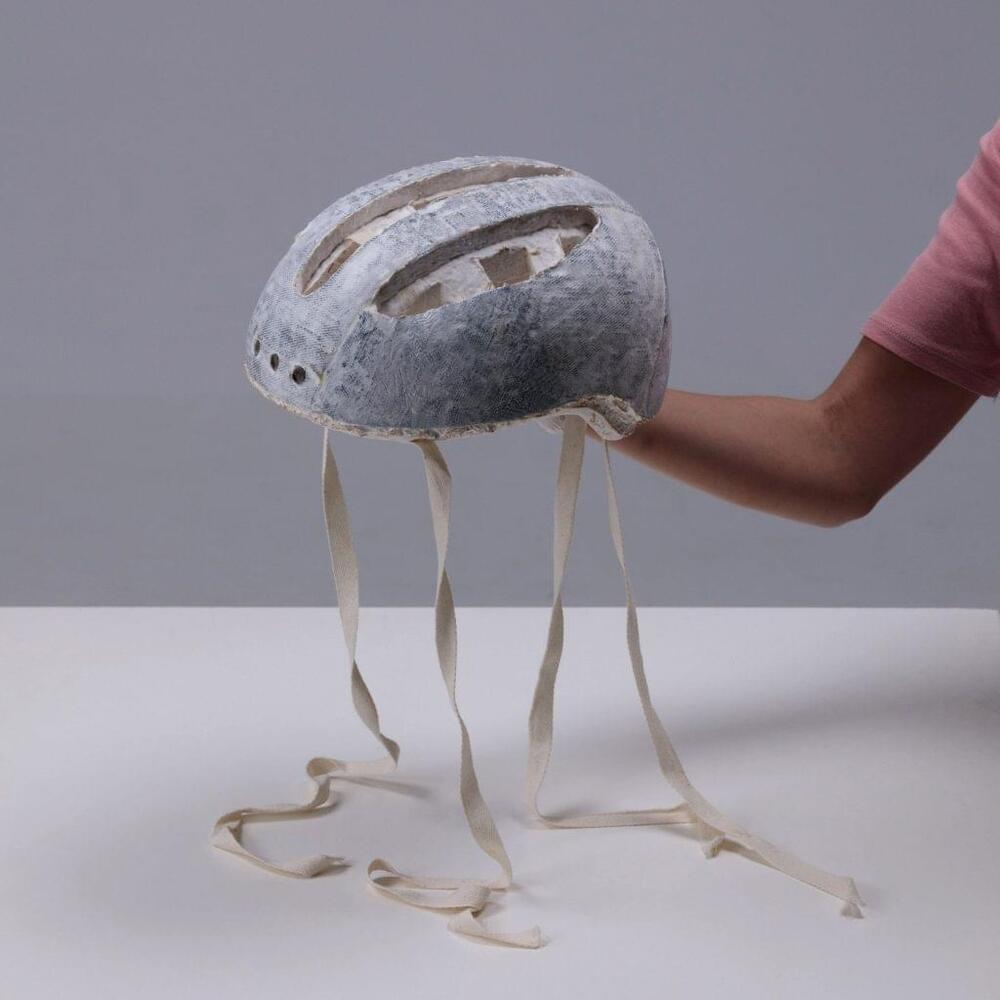Quantum computers, which can perform calculations much faster than traditional computers, have a big problem: They are prone to data storage and processing errors caused by disturbances from the environment like vibrations and radiation from warm objects.
But a discovery by scientists led by Nanyang Technological University, Singapore (NTU Singapore), on how electrons can be controlled at very low temperatures, suggests a way for addressing this problem and developing more robust and accurate quantum computers.
The team’s findings, which were published online in the Nature Communications journal in October 2022, showed, for the first time, that electrons can have strong interactions between them under certain conditions.









